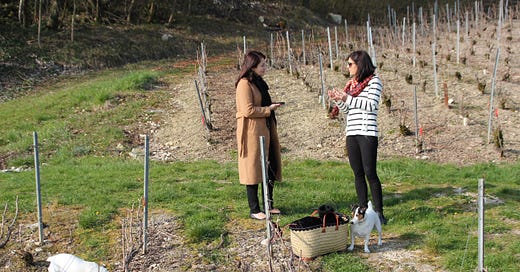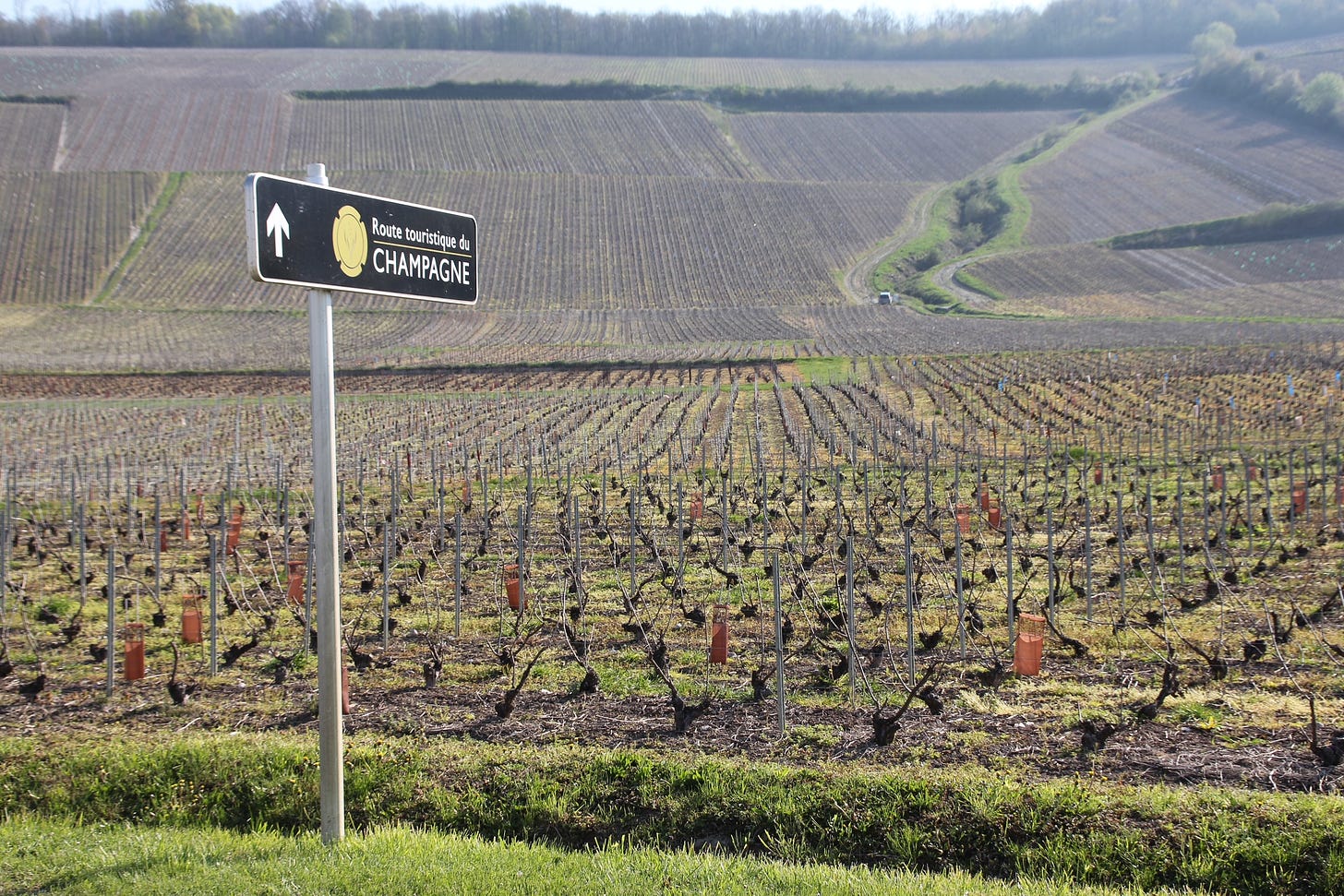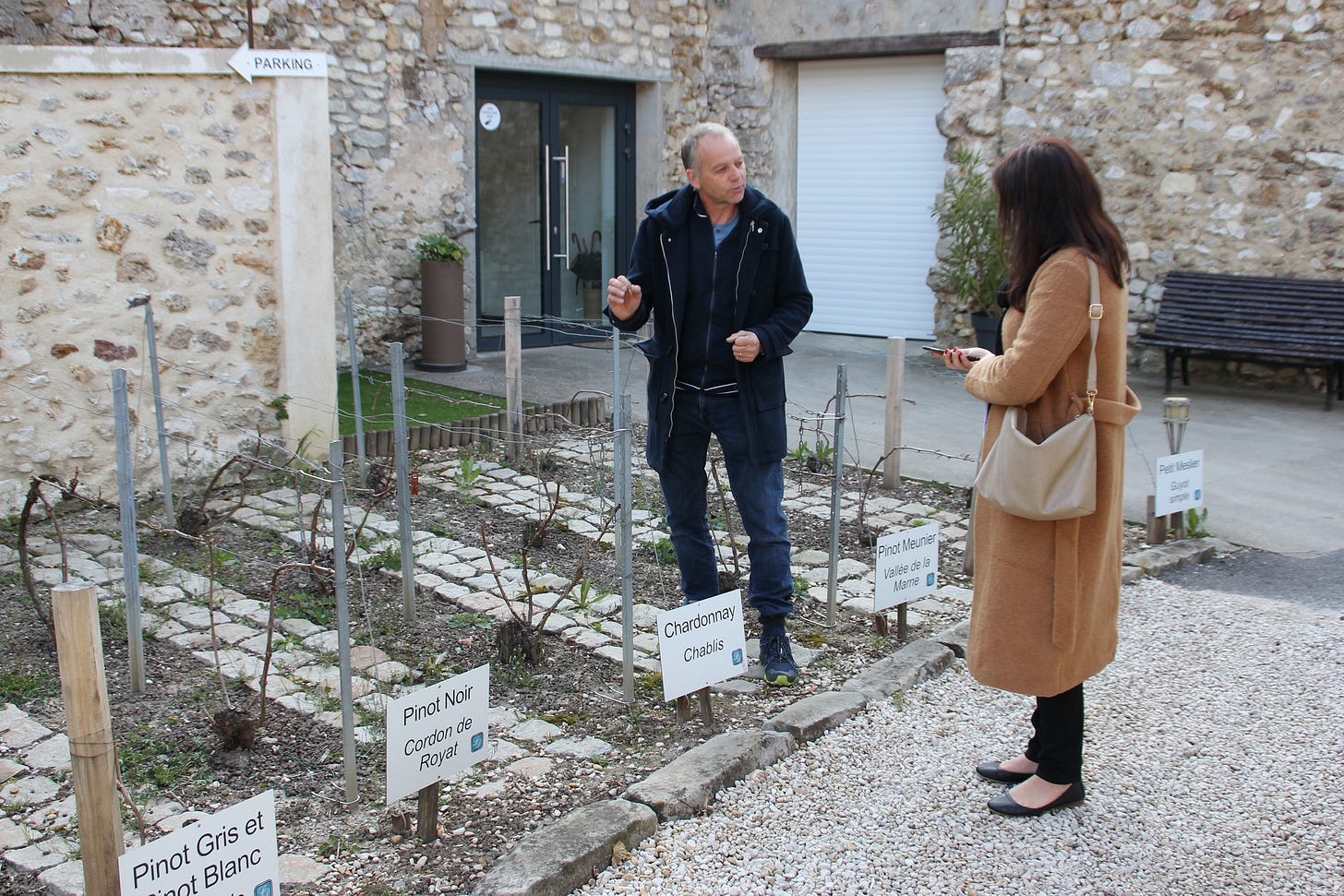A virtual trip through Champagne
Don't miss these excellent addresses when visiting the sparkling region!
The Champagne wine region, located approximately 150 kilometers east of Paris, encompasses 34,000 hectares and stretches out over four viticultural areas: Montagne de Reims, Vallée de la Marne, Côte des Blancs and Côte des Bar. Out of the 320 Champagne villages (‘crus’), 17 are classified as Grand Cru and 42 as Premier Cru.
Champagne wines can be made with a blend of three grape varieties, each one adding their own specific characteristics to the cuvée: Pinot Meunier, planted mostly in Vallée de la Marne, provides roundness and notes of apples, pears and honey; Pinot Noir, grown mainly in Montagne de Reims, packs a punch adding structure and body with forest fruits and spice; and Chardonnay, king of the chalky soils in the Côte des Blancs, adds elegance and finesse with white flowers, minerality and citrussy notes.
Millésimes are made exclusively from a single year, blanc des blancs from Chardonnay and blanc des noirs from Pinot Noir and/or Pinot Meunier. Rosé champagnes are made with 15% still red wine.
In 2015, Champagne’s hillsides, houses and cellars were declared a UNESCO World Heritage Site. More than 300 million bottles of champagne are produced annually, of which 50% are exported (with the UK trumping the list of export markets).
DAY ONE
Château-Thierry to Épernay 63 kilometers
Our tour of the Champagne wine region starts in Château-Thierry. We are at the region’s doorstep, and the aptly named tourist office, Les Portes de la Champagne, offers plenty of ideas to begin our discovery.
Via the 13th-century Porte Saint-Jean, we make our way through the imposing ruins of the town’s Medieval castle, stopping to admire the sprawling views over Marne Valley. In the distance, I spot Saint-Crépin, Château-Thierry’s oldest church and the only one to have survived the wars. Our guide tells us that 80% of the town was ravaged during WWI. She also mentions that renowned 17th-century fabulist Jean de la Fontaine was baptised in Saint-Crépin in 1621.
We head to his former home dating to 1559. The building has been a museum since 1876 and the beautifully restored period rooms showcase a collection based on La Fontaine’s work. In the 17th-century room, I marvel at his portrait painted by Hyacinthe Rigaud upon his acceptance to the Académie Française in 1684. (12 Rue Jean de la Fontaine, entrance €4).
Eager to let Champagne’s exceptional terroir tickle our taste buds, we follow the D1003/D320 to Barzy-sur-Marne for a dégustation at Lévêque-Dehan (2 Rue des Lilas), where we meet fifth-generation Champagne maker Eric Lévêque who explains the basics of Champagne.
Most blends consist of three grape varieties: Pinot Meunier is predominantly grown in the Marne Valley (where most vineyards are planted), Pinot Noir in the Montagne de Reims and Chardonnay in the Côte des Blancs. Lévêque-Dehan’s grapes are cultivated on six hectares and most blends consist of 70% Pinot Meunier, 15% Pinot Noir and 15% Chardonnay. Especially delightful is their Brut Rosé. Bursting with aromas of red fruits, this scintillating blend gets its boldness from 15% red wine (Coteaux Champenois).






